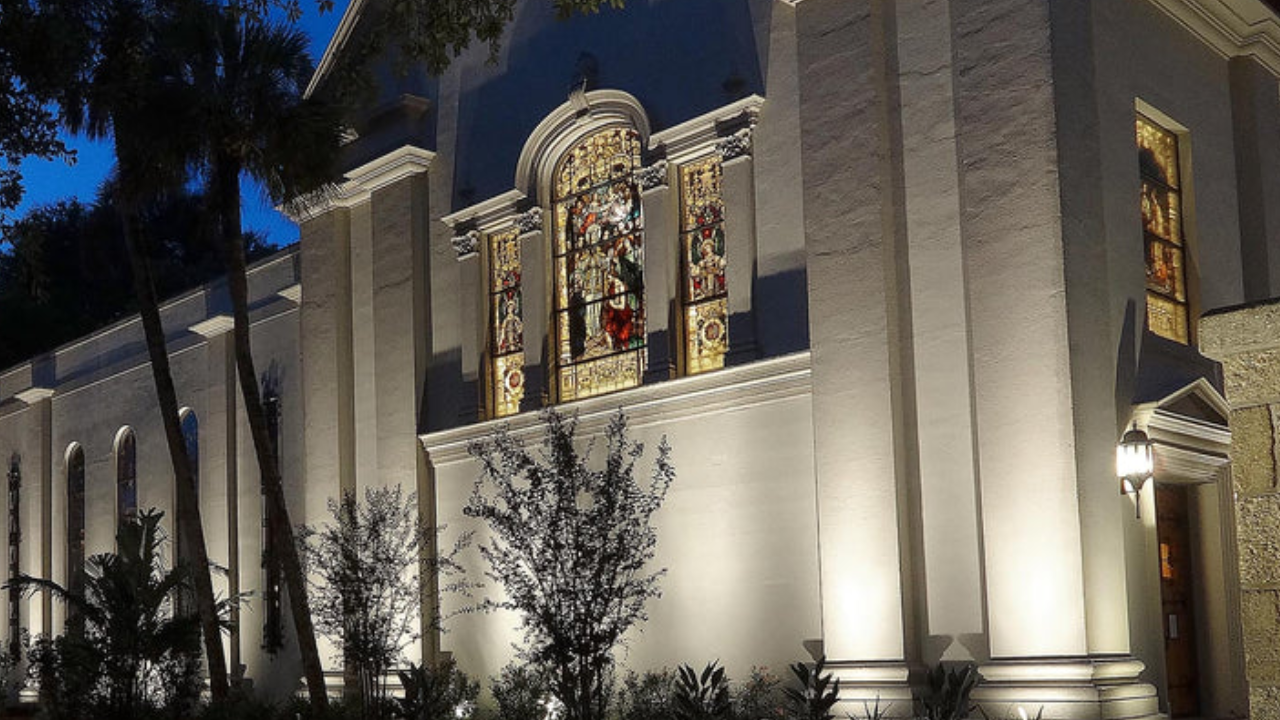LED floodlights are beacons of the energy economy in outdoor lighting. Unlike typical lighting sources, these wonders convert a greater proportion of electrical energy into visible light, reducing wasted heat generation. The rapid illumination they provide eliminates warm-up time, resulting in faster responsiveness and increased energy savings. Their directional lighting reduces light leakage, resulting in focused and effective illumination.
LED floodlights represent a paradigm shift towards energy-efficient outdoor lighting solutions. The lower heat emission of LED lights not only saves energy but also enhances safety, making them a preferred choice for diverse applications. The durability and extended lifespan of LED floodlights reduce the need for frequent replacements, further minimizing energy consumption throughout their operational life.
The Energy-Saving Marvel of LED Floodlights
LED floodlights have emerged as energy-efficient champions in outdoor lighting, revolutionizing how we illuminate large spaces. This article digs into the complexities of how LED floodlights contribute to energy efficiency, covering technical elements, environmental benefits, and the overall impact on sustainable lighting solutions.
The Anatomy of LED Technology
The technology behind LED floodlights is the light-emitting diode (LED). LEDs operate on a fundamentally different premise than traditional illumination sources like incandescent or fluorescent bulbs. When an electric current flows through the semiconductor material in an LED, light is directly emitted. This process is far more efficient than the indirect light-producing processes employed in standard bulbs, resulting in less energy lost in the form of heat.
Conversion Efficiency
LED floodlights' high conversion efficiency considerably increases their energy efficiency. Traditional bulbs, especially incandescent ones, produce a lot of heat while giving off light. In contrast, LEDs convert a greater proportion of the electrical energy they absorb into visible light. This improved conversion efficiency saves energy, making LED floodlights a more environmentally friendly and cost-effective lighting alternative.
Directional Lighting
LED floodlights are engineered to emit light in certain directions, delivering precise illumination where it is required. This directional lighting function reduces light dispersion in undesirable regions, ensuring that the generated light is properly utilized. This precision improves energy efficiency by reducing light spillage and optimizing the coverage of the lit area.
Instant Illumination
LED floodlights are shining examples of energy-efficient outdoor lighting. Their immediate illumination, which requires no warm-up time, increases efficiency and decreases energy usage. LED floodlights save energy and provide a quick reaction for a variety of applications, including security lighting and sports pitch illumination.
Lower Heat Emissions
LED floodlights redefine energy efficiency due to their low heat output. Traditional lighting sources produce a significant amount of heat, resulting in energy waste. LED floodlights, on the other hand, are concerned with producing light while assuring maximum efficiency and safety. This lower heat emission not only saves energy but also extends the life of the fixtures, making LED floodlights an environmentally friendly and cost-effective lighting solution.
Adaptability and Control
LED floodlights usher in a new era of versatility and control in outdoor illumination. With dimming capabilities and customizable settings, these fixtures allow customers to customize the brightness to their unique needs. This adaptability not only optimizes energy usage but also offers dynamic lighting options for a variety of applications. LED floodlights emerge as energy-saving marvels, combining efficiency and versatility in a single dazzling package.
Longevity and Reduced Maintenance
The extended lifespan of LED floodlights is another aspect of their energy efficiency. LED technology allows these lights to live for tens of thousands of hours, far outlasting ordinary bulbs. The reduced frequency of replacements reduces not only material waste, but also the overall energy consumption associated with lighting fixture manufacturing, transportation, and disposal.
Environmental Impact
LED floodlights' decreased energy usage results in a lesser environmental impact. Lower energy usage translates into fewer greenhouse gas emissions from power production, which contributes to overall climate change mitigation efforts. Furthermore, the lack of hazardous components such as mercury, which is found in some older lighting sources, makes LED floodlights more environmentally friendly throughout their lifespan.
Conclusion
LED floodlights are shining examples of development in the pursuit of sustainable and efficient lighting solutions. LED floodlights, with their sophisticated technology, directional lighting, reduced heat emission, and extended lifespan, not only brighten outdoor spaces but also pave the way for a more energy-conscious future. As the world prioritizes environmental sustainability, the importance of LED floodlights in reducing energy consumption and increasing efficiency cannot be overemphasized.


